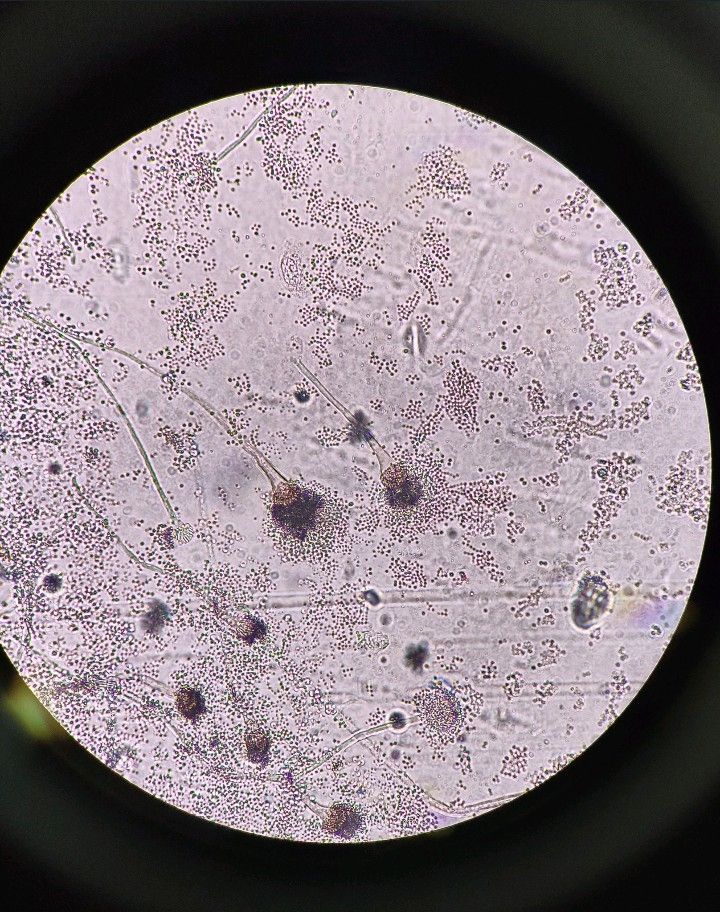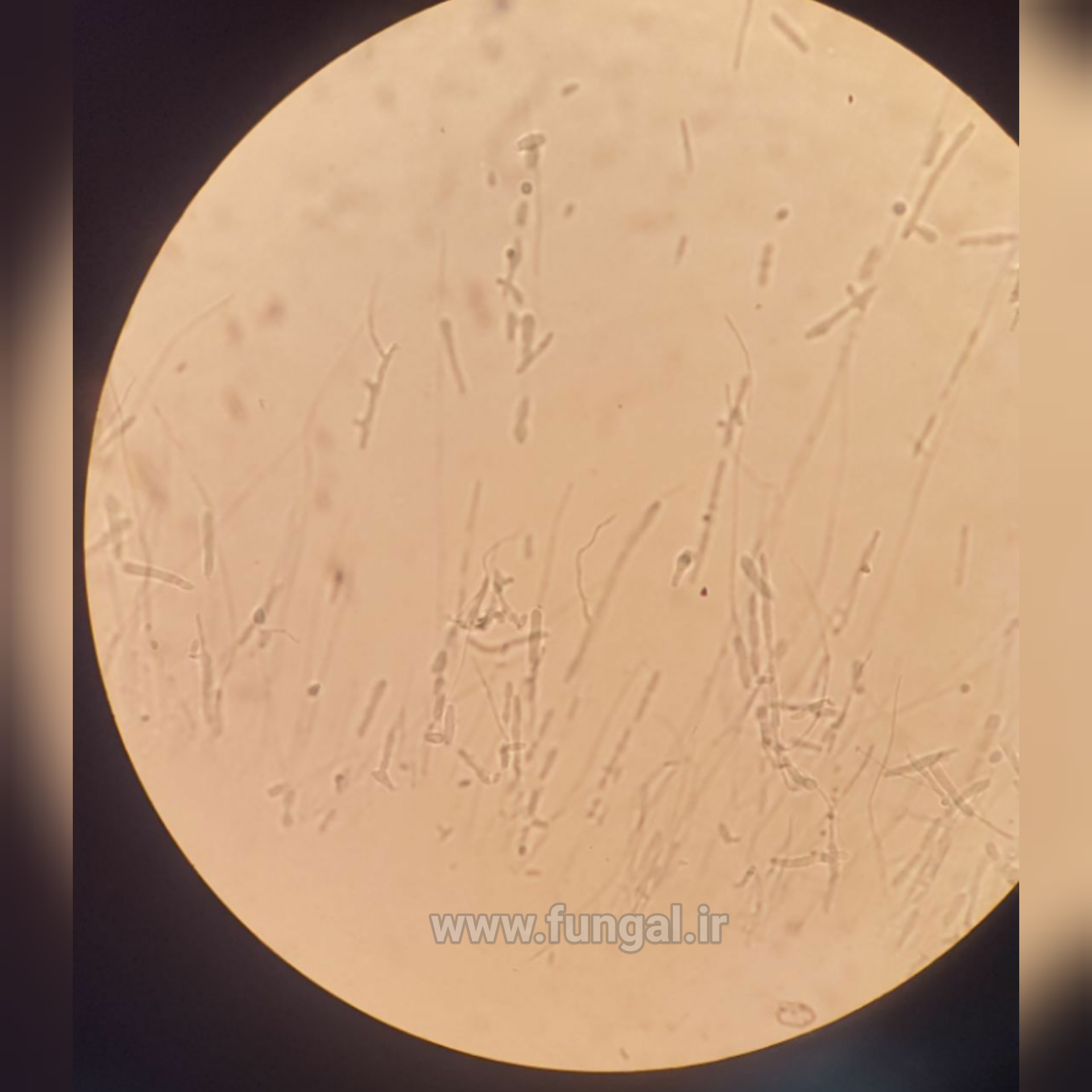Fusarium ![]() /fjuˈzɛəriəm/ (help·info) is a large genus of filamentous fungi, part of a group often referred to as hyphomycetes, widely distributed in soil and associated with plants. Most species are harmless saprobes, and are relatively abundant members of the soil microbial community. Some species produce mycotoxins in cereal crops that can affect human and animal health if they enter the food chain. The main toxins produced by these Fusarium species are fumonisins and trichothecenes. Despite most species apparently being harmless (some existing on the skin as commensal members of the skin flora), some Fusarium species and subspecific groups are among the most important fungal pathogens of plants and animals.
/fjuˈzɛəriəm/ (help·info) is a large genus of filamentous fungi, part of a group often referred to as hyphomycetes, widely distributed in soil and associated with plants. Most species are harmless saprobes, and are relatively abundant members of the soil microbial community. Some species produce mycotoxins in cereal crops that can affect human and animal health if they enter the food chain. The main toxins produced by these Fusarium species are fumonisins and trichothecenes. Despite most species apparently being harmless (some existing on the skin as commensal members of the skin flora), some Fusarium species and subspecific groups are among the most important fungal pathogens of plants and animals.
The name of Fusarium comes from Latin fusus, meaning a spindle.
The taxonomy of the genus is complex. A number of different schemes have been used, and up to 1,000 species have been identified at times, with approaches varying between wide and narrow concepts of speciation (lumpers and splitters).[2][3][4]
Phylogenetic studies indicate seven major clades within the genus.[4]
There is a proposed concept – widely subscribed by specialists – that would include essentially the genus as it now stands, including especially all agriculturally significant Fusaria.[5][6] There is a counterproposal (unrelated to Watanabe 2011) that goes far in the other direction, with seven entirely new genera.[7]
























